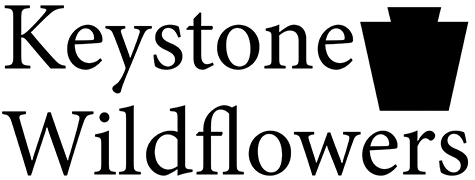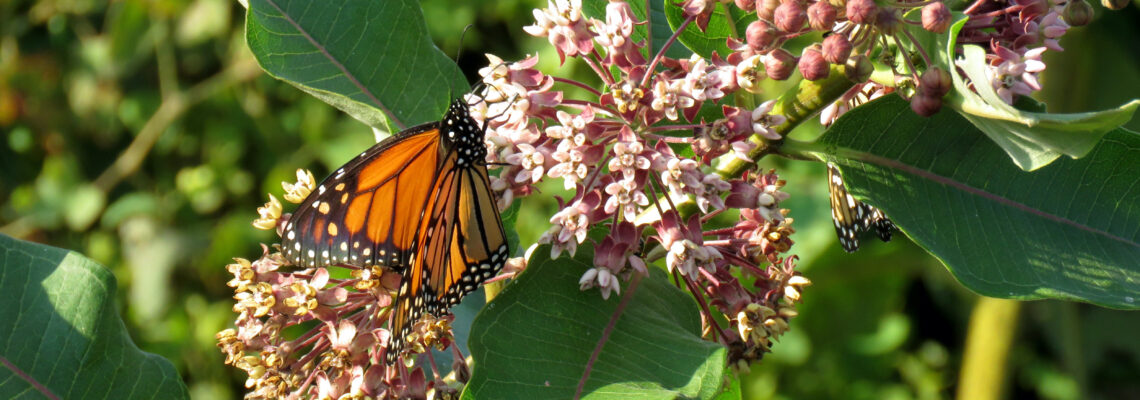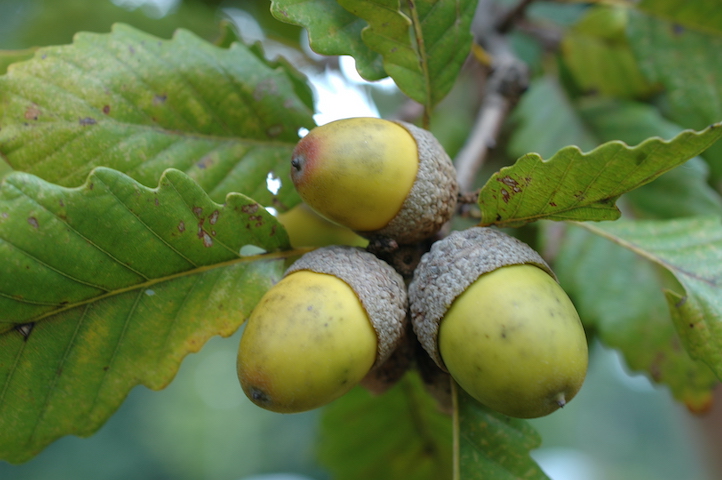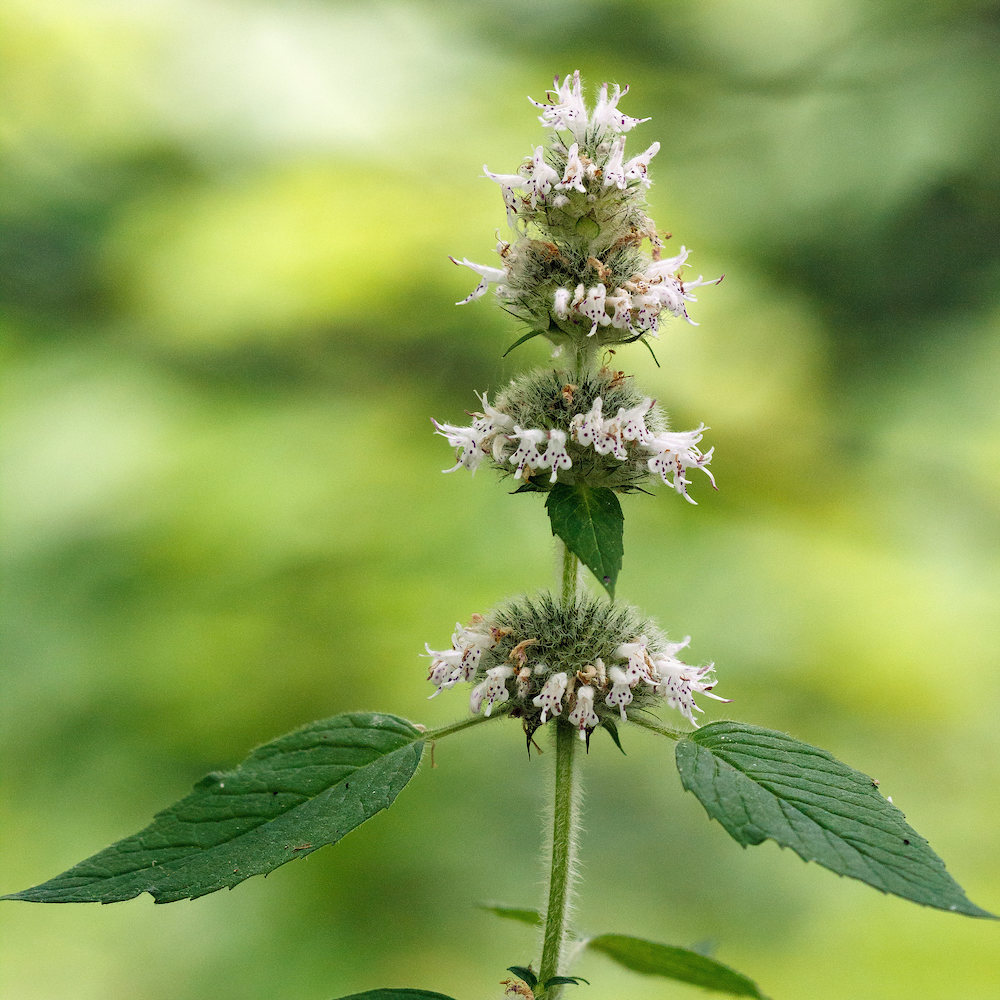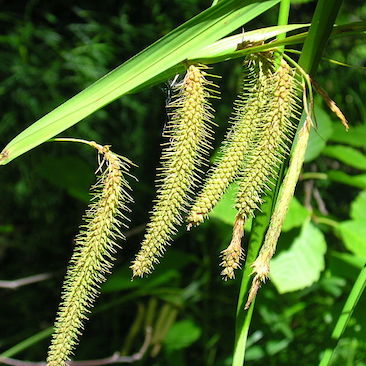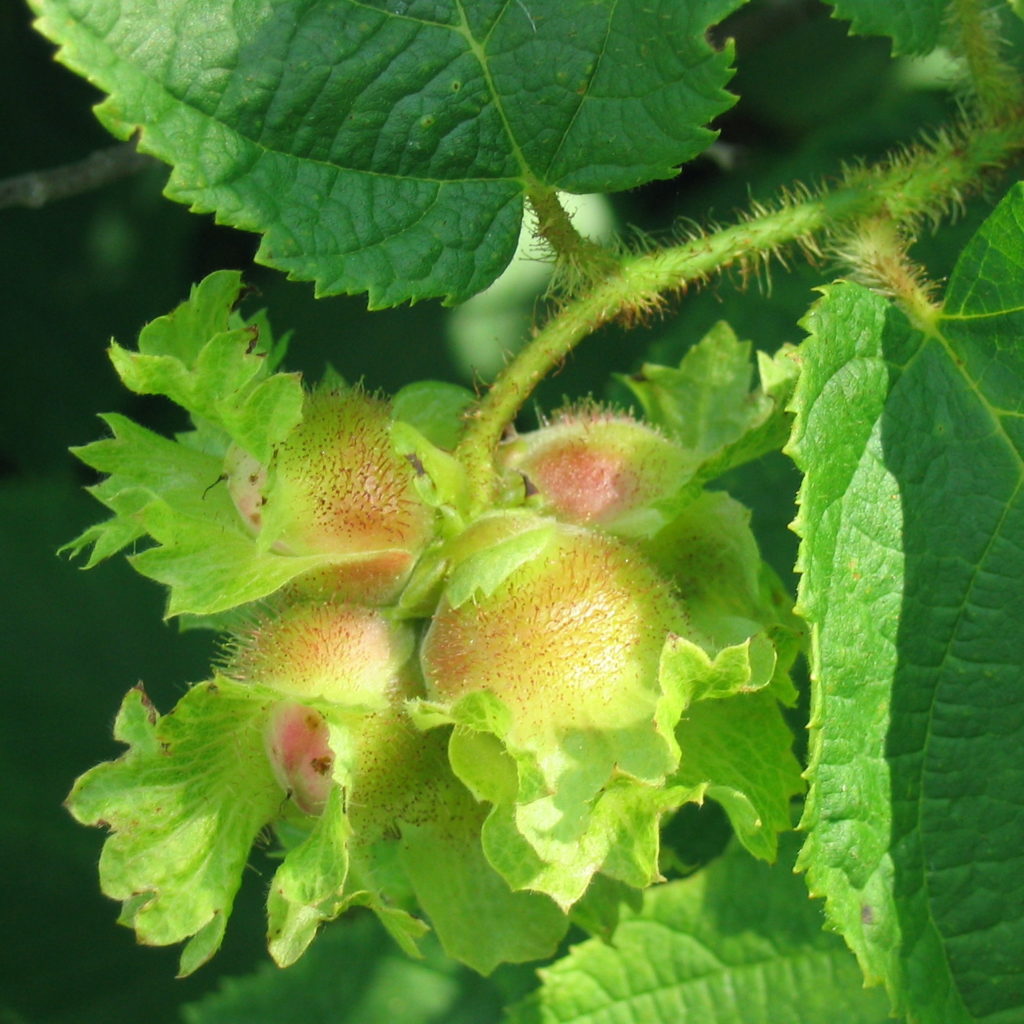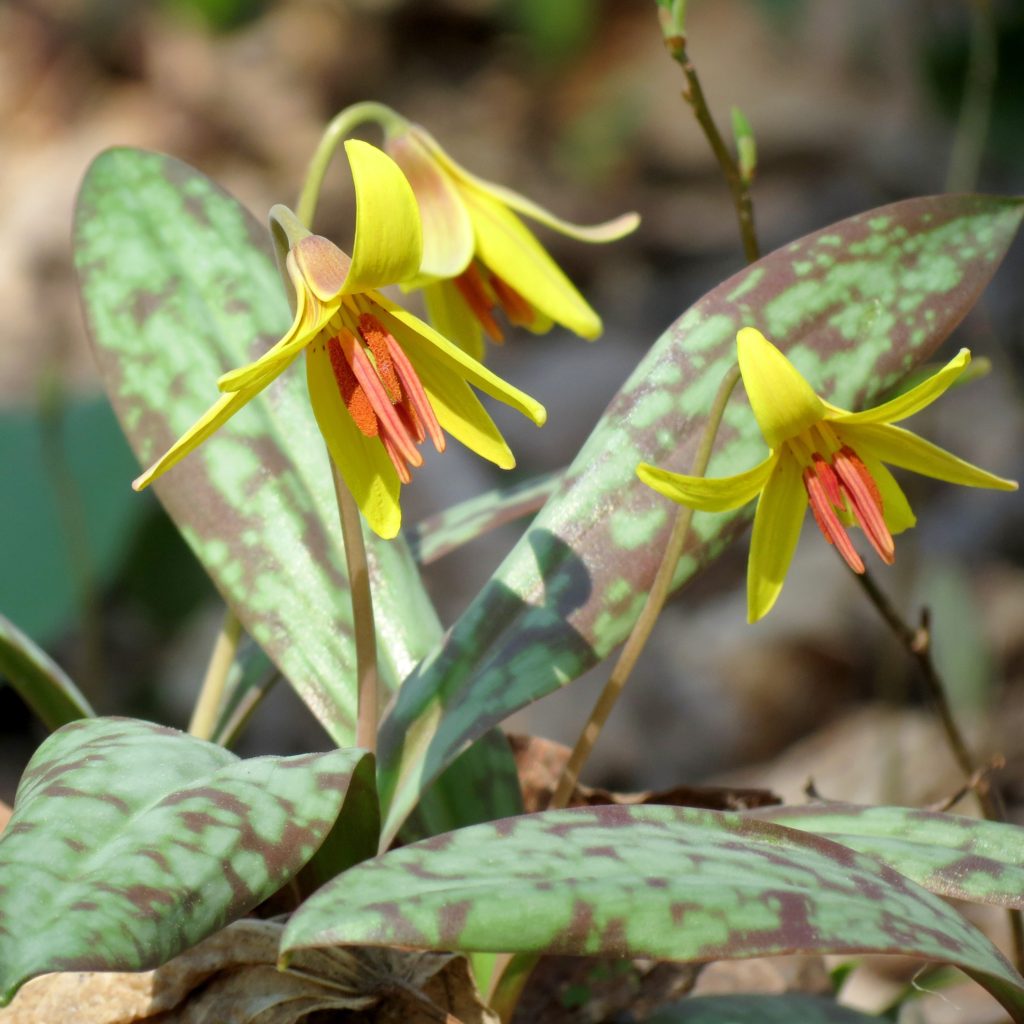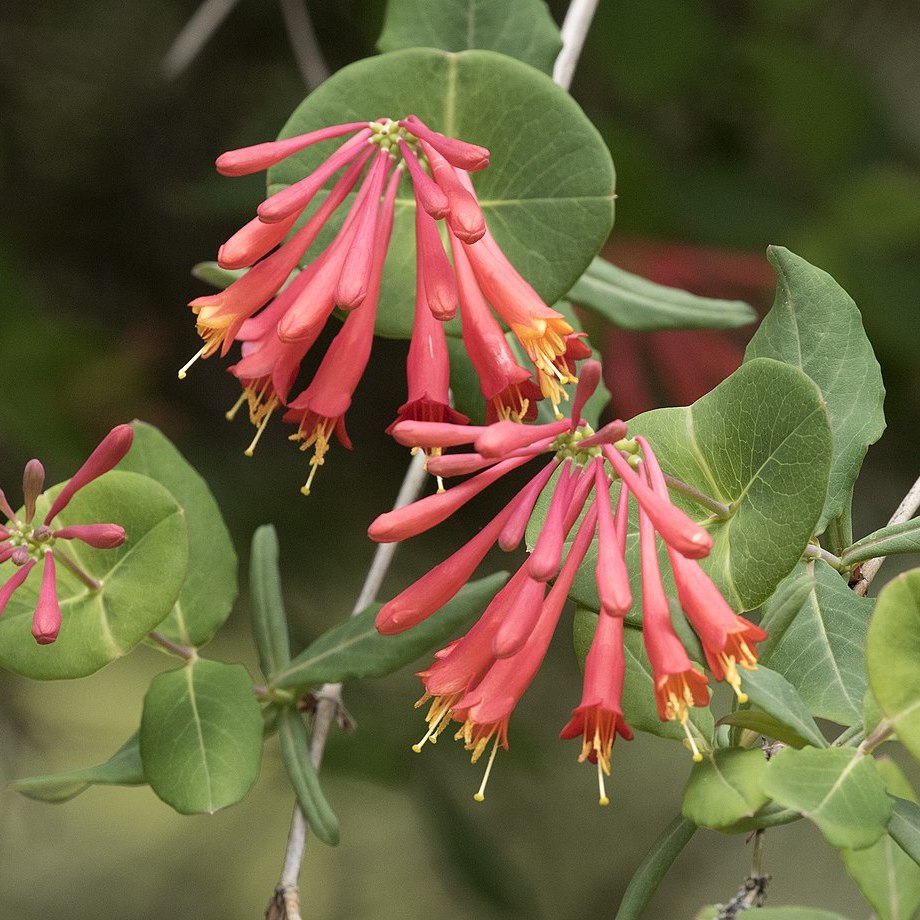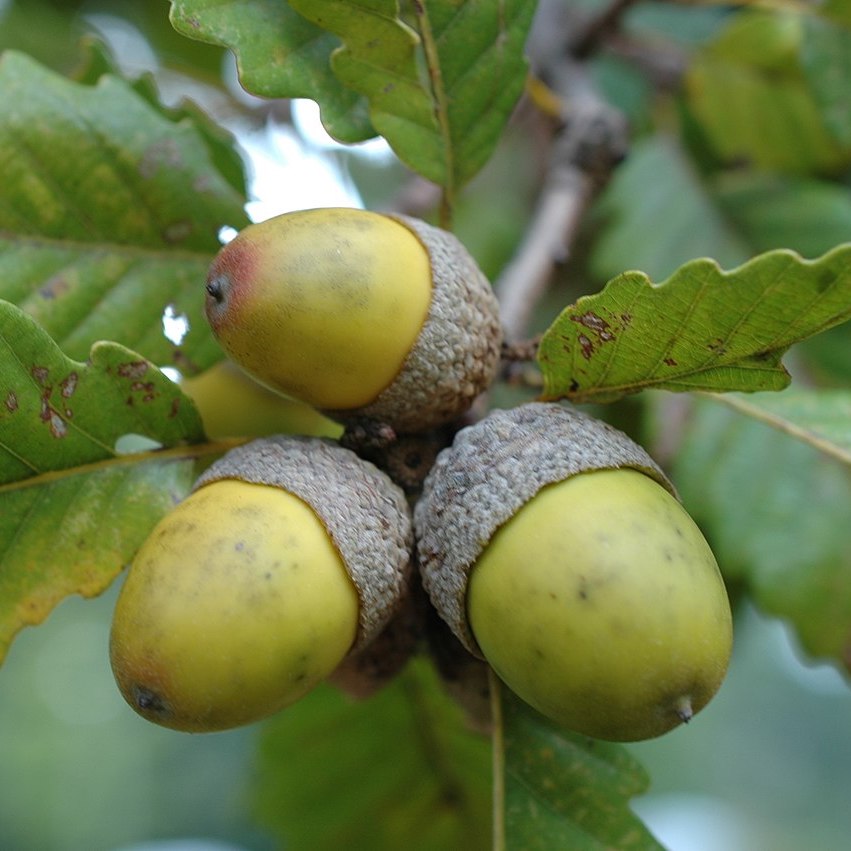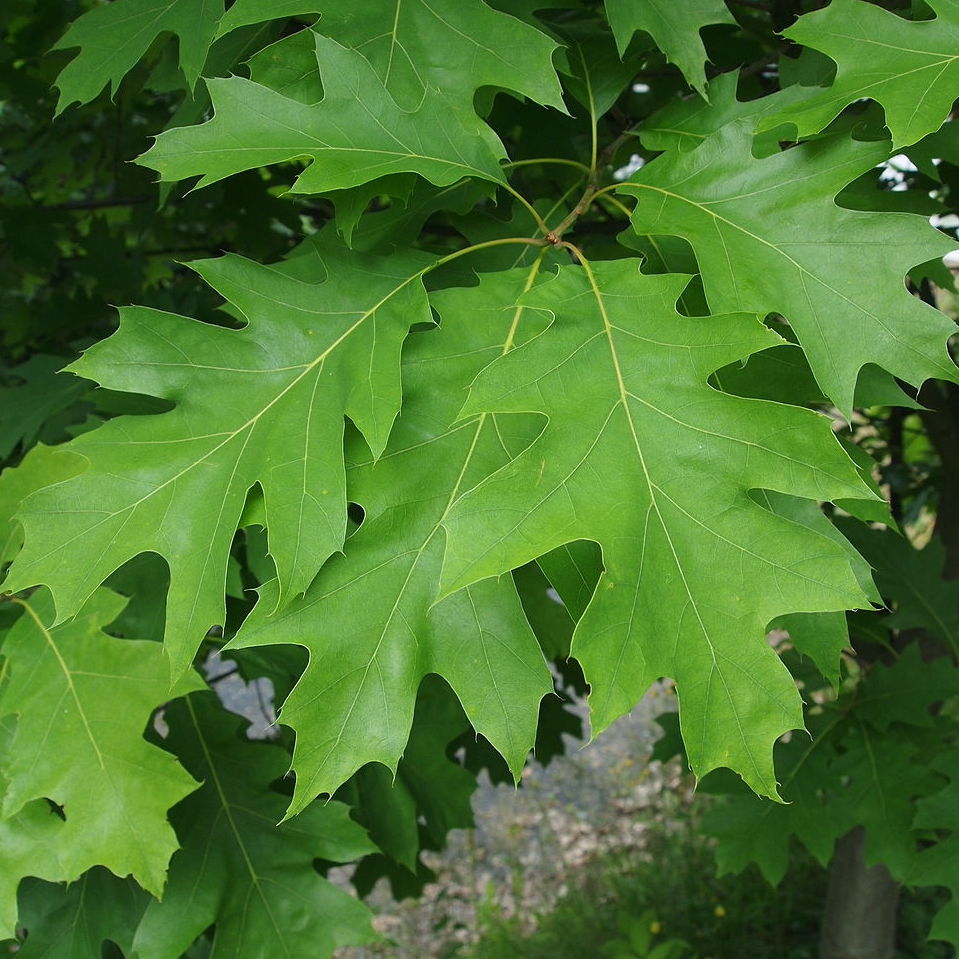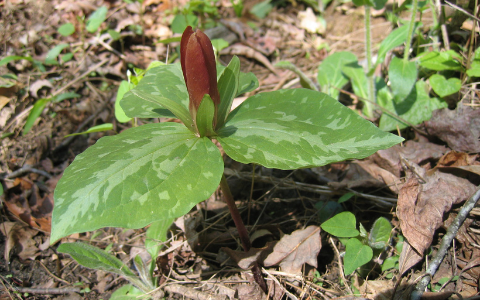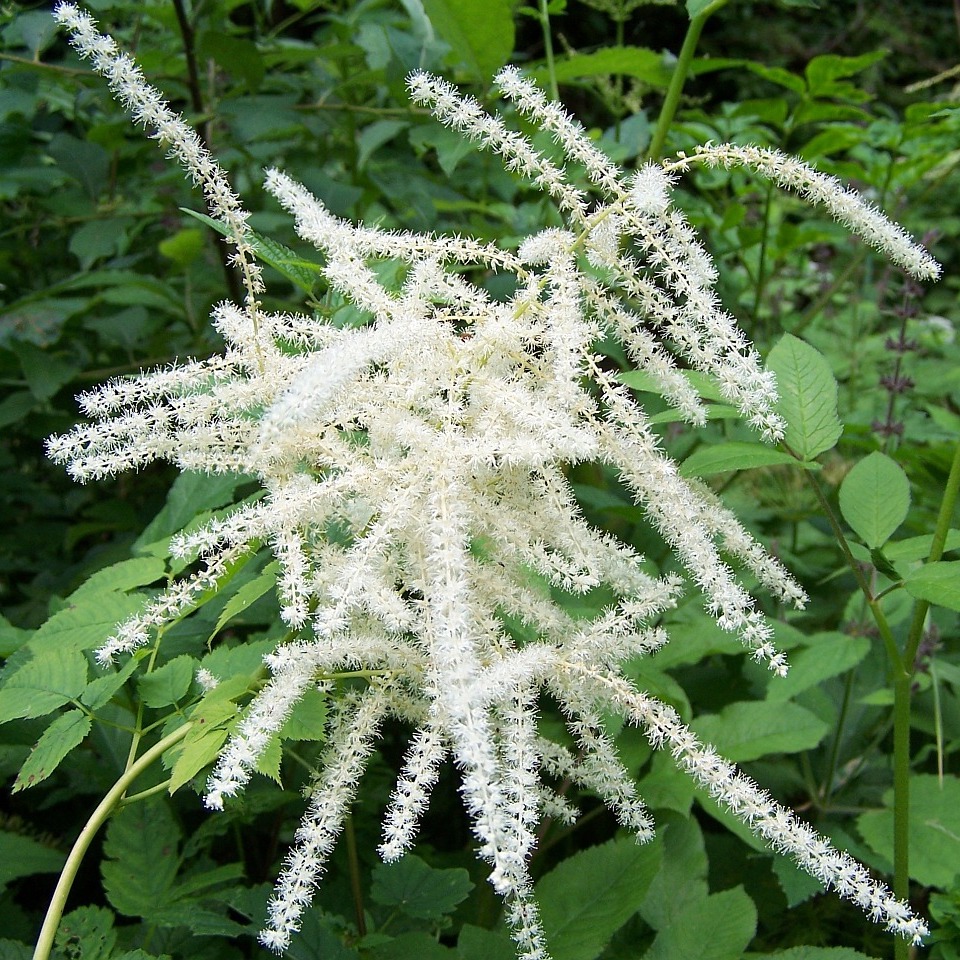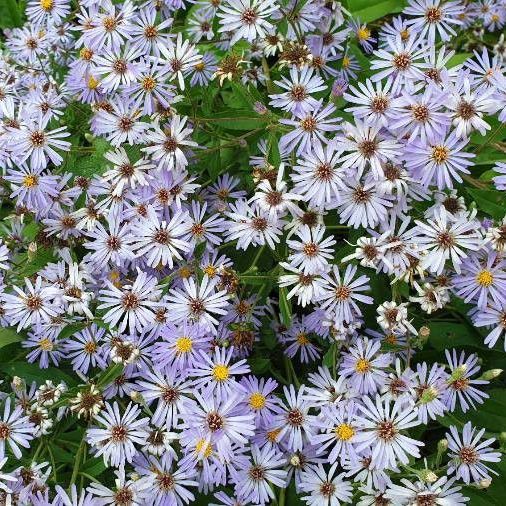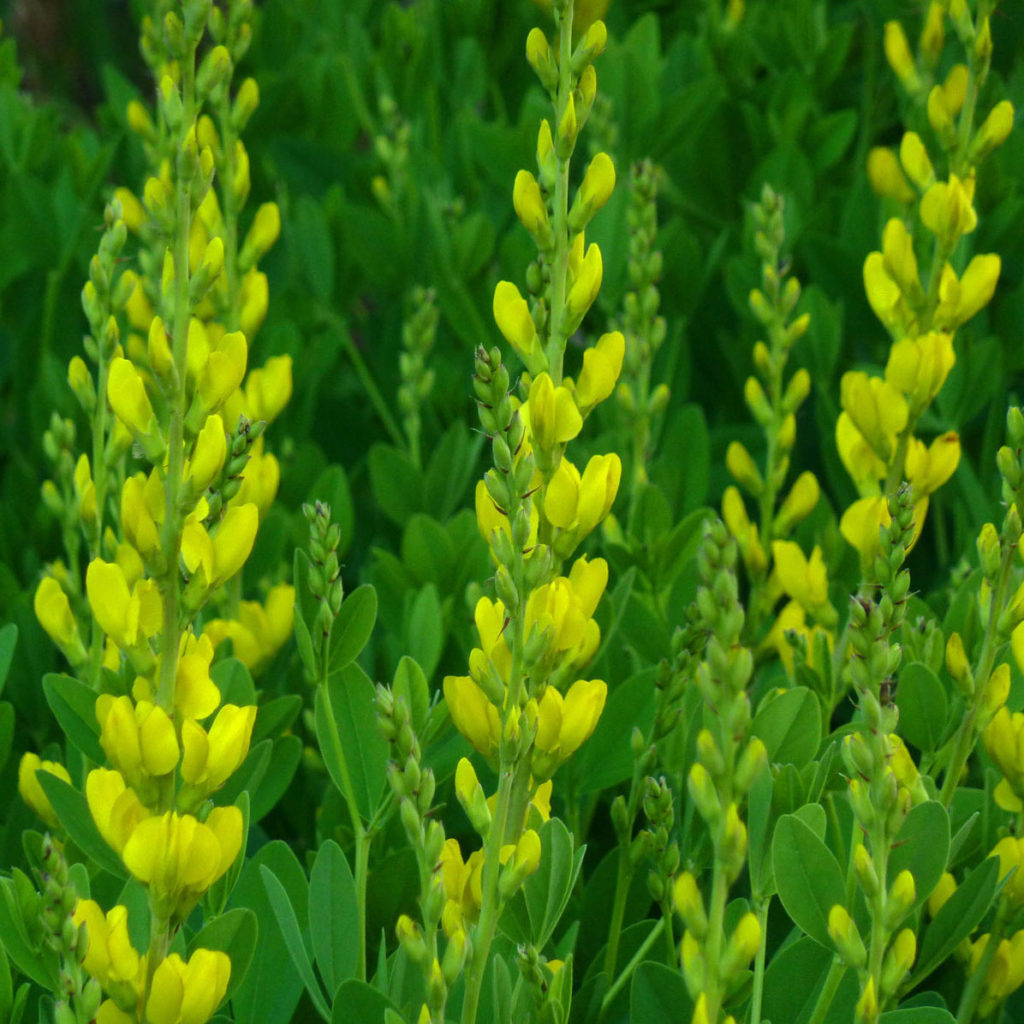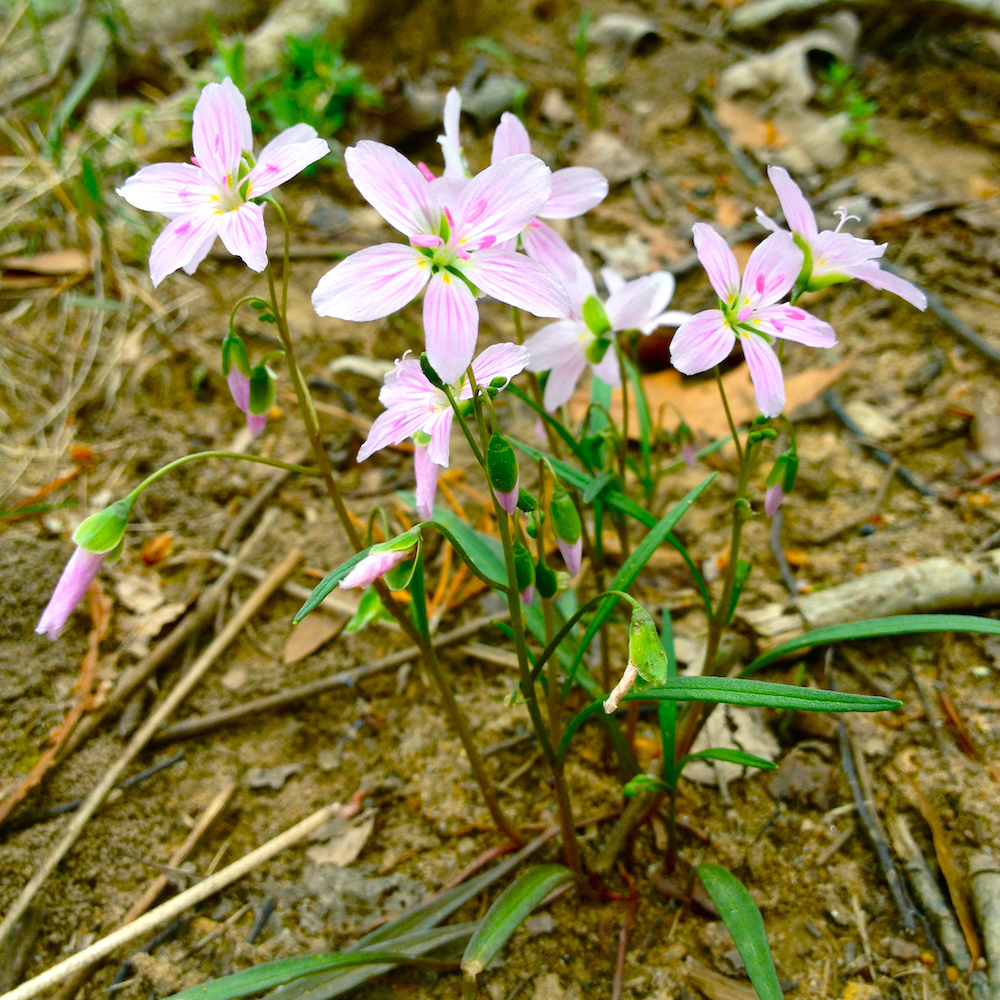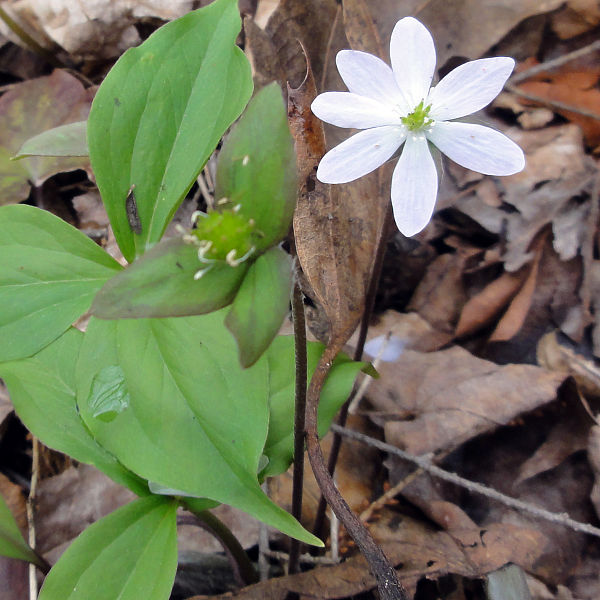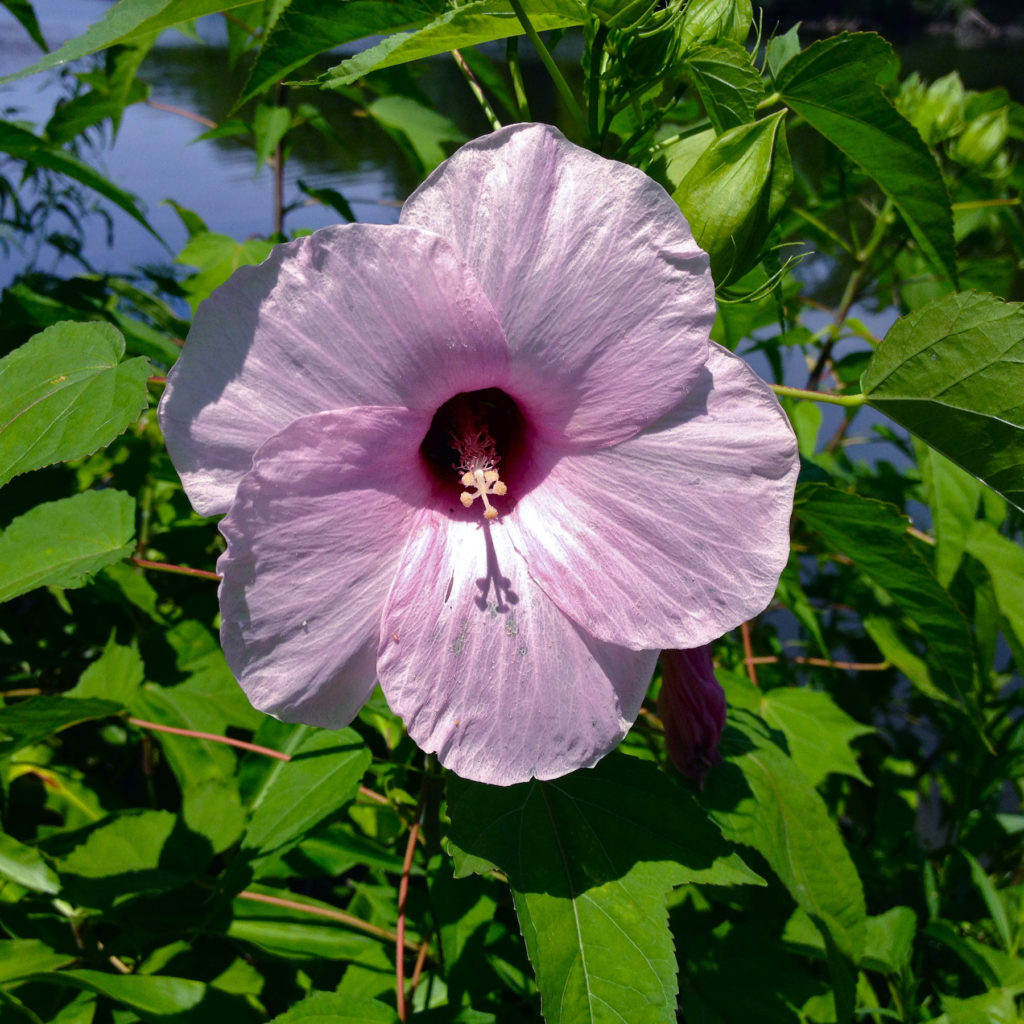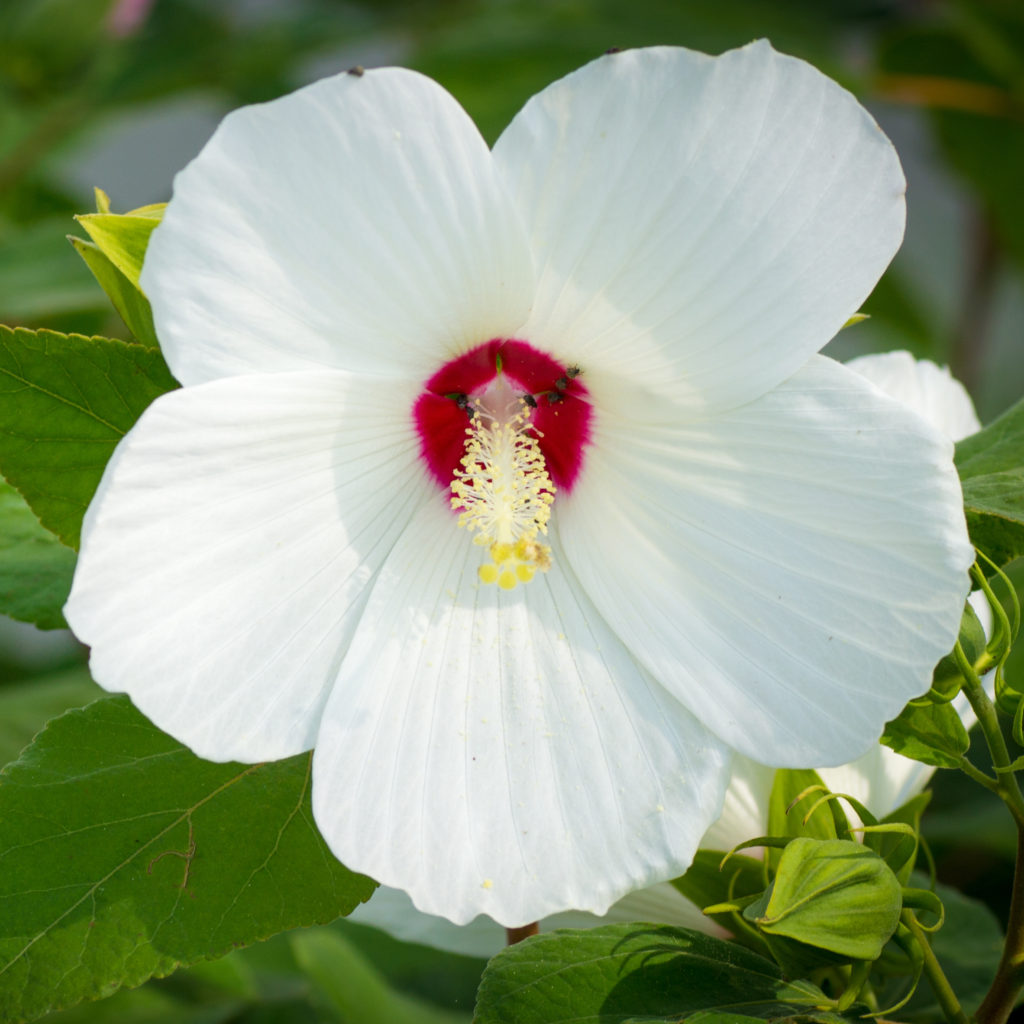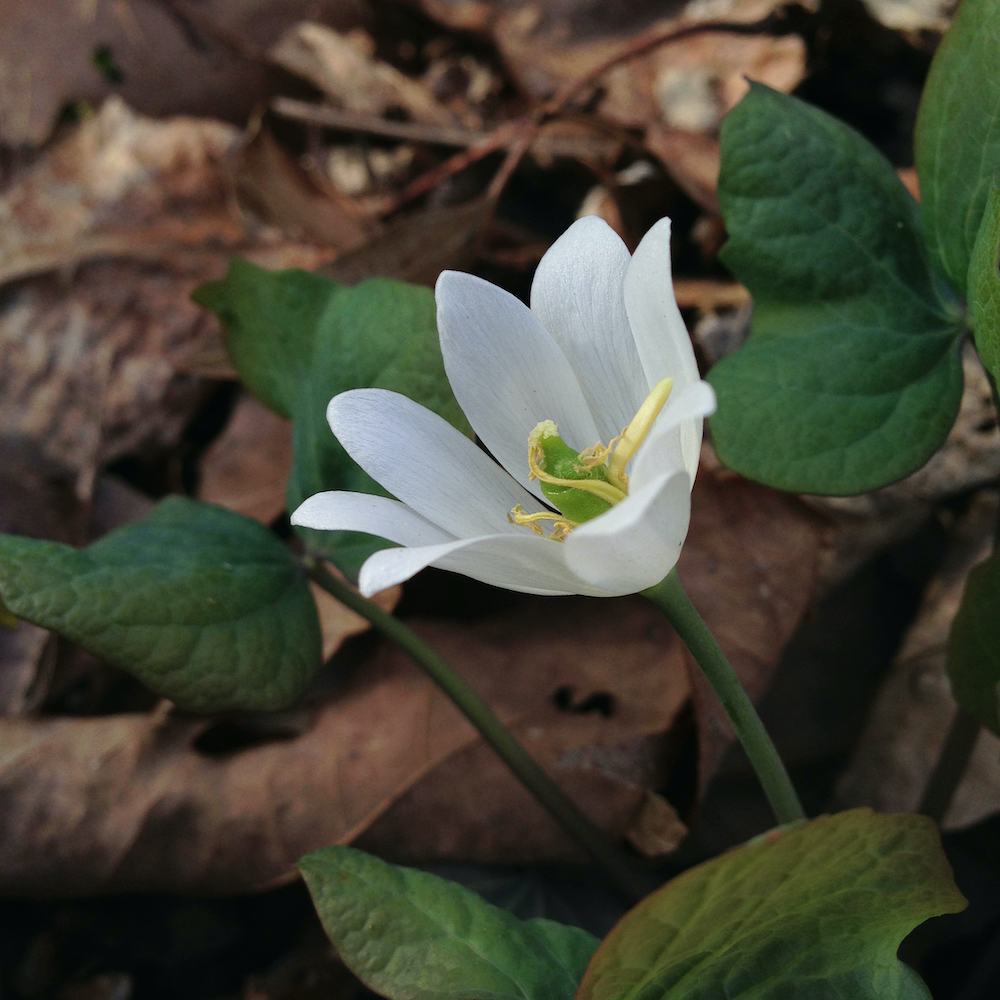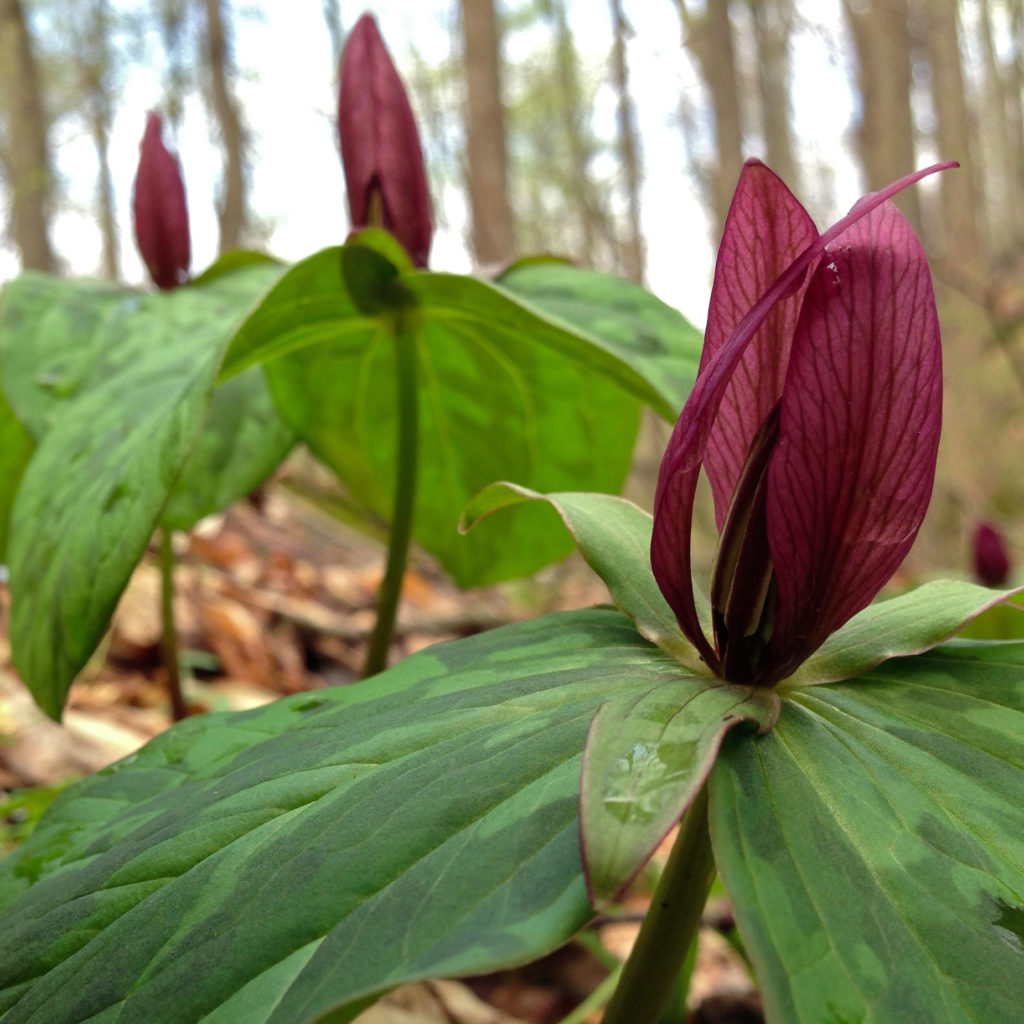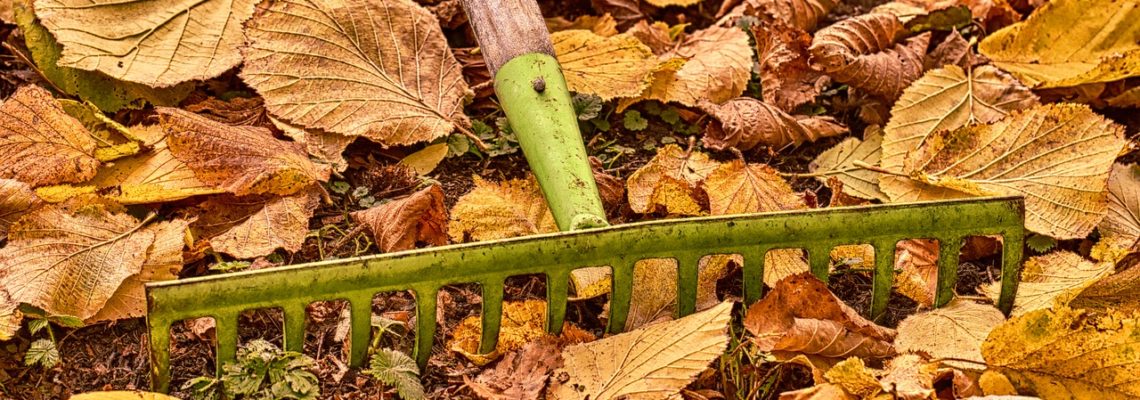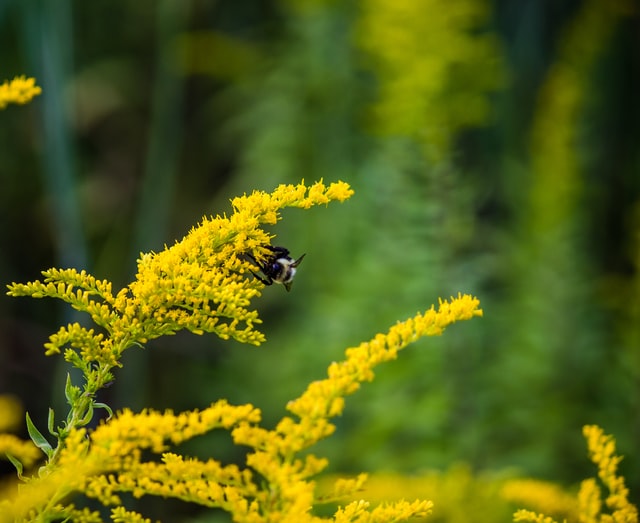Creating a rich native plant habitat is one of the most important things you do to support pollinators. Native plants are well adapted to survive in a particular geographic area based on climate, rainfall, and pollinators’ availability. By planting native plants in a pollinator garden, you can bolster the wild bee populations and protect endangered species of butterflies like monarchs. What native plant species should you select for your pollinator-friendly garden?
Before we get to our favorite pollinators, here are some suggestions to remember when selecting pollinator plants for your pollinator garden:
- Select nectar- and pollen-rich flowers with a range of shapes, sizes, and colors
- Avoid hybrids, especially those with “double” flowers
- Choose several different plants that bloom from early spring to late fall
- Plant in drifts or large masses of at least 3 or more on the same plant
- Incorporate larval host plants to support butterflies and moths
Now, on to some of our beloved pollinator-friendly wildflowers and plants for the region:
Ohio spiderwort
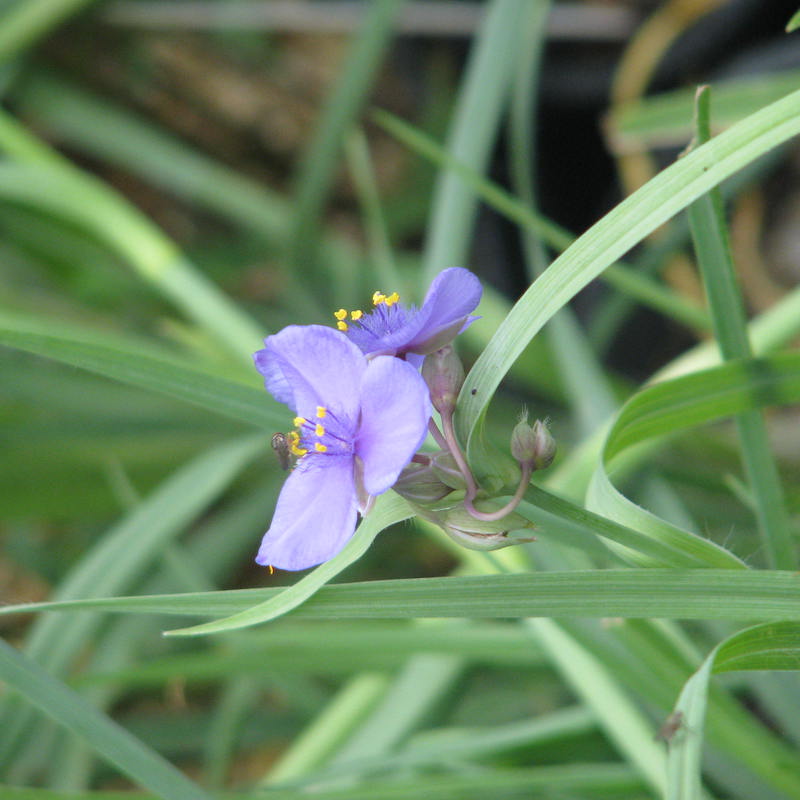
One of the first plants to bloom in the spring is Ohio spiderwort (Tradescantia ohiensis), offering an early source of pollen to bees, bumblebees, and sweat bees.
Wild geranium
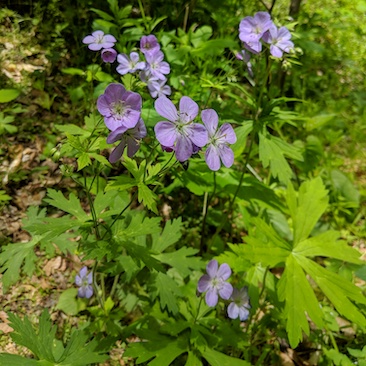
Wild geranium (Geranium maculatum) is a favorite spring-blooming woodland plant with lavender blooms and attractive foliage. The native plant is known to attract many native bees and species of butterflies and moths, using it as a larval host plant.
Milkweed
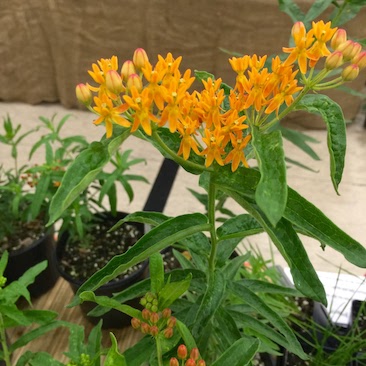
All milkweed plants are a vital food source for the larval stage of monarchs, along with other butterflies. Given a significant decline in the monarch population due to a scarcity of milkweed plants, butterfly milkweed (Asclepias tuberosa), common milkweed (Asclepias syriaca), white milkweed (Asclepias verticillata), or swamp or red milkweed (Asclepias incarnata) should be at the top of your list.
Joe pye weed
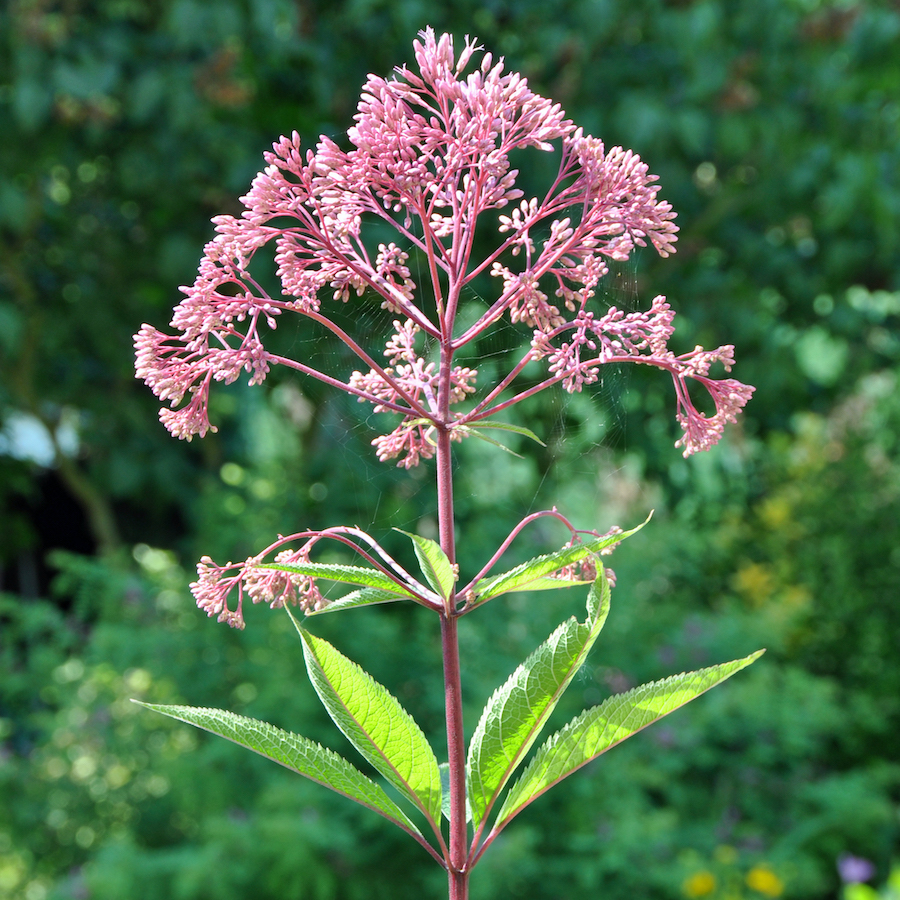
Joe pye weed or spotted joe pye weed (Eupatorium maculatum) is a beautiful showy native plant with dusty rose blooms. The plant frequently attracts dozens of species of butterflies and bees.
Mountain mint
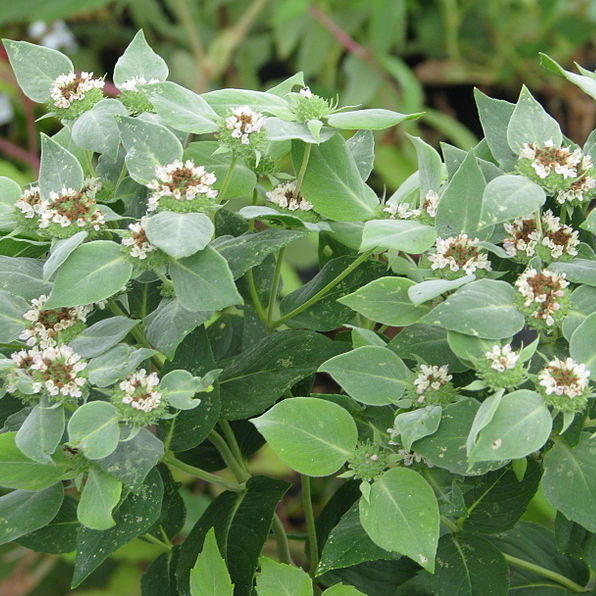
Mountain mints in the Pycnanthemum species possess fragrant foliage. Showy mountain mint (Pycnanthemum muticum) and other species receive visits from blue and copper butterflies, bees, and other pollinators.
Monarda species
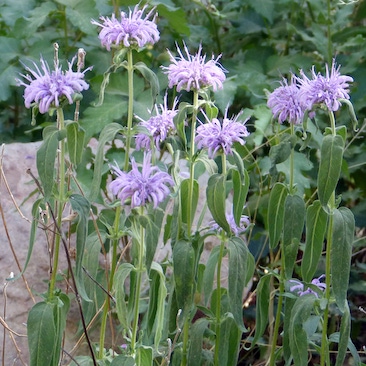
Wild bergamot (Monarda fistulosa) and other Monarda species are valuable nectar sources for monarch butterflies. Native bees and bumblebees love the flower clusters on these plants. Hawk moths, hummingbirds, and long-tongued bumblebees specifically love the blooms on wild bergamot.
Wild senna
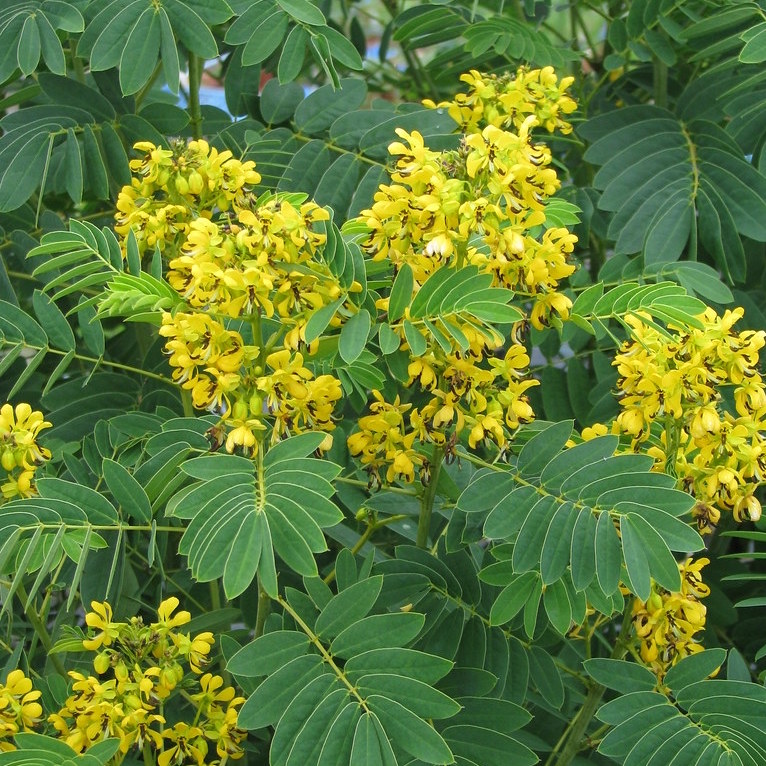
While wild senna (Senna hebecarpa) is only briefly in bloom, the native plant receives visits from bees, butterflies, and bumblebees. A Penn State study from 2016 discovered bumblebees prefers flowers with a higher protein-to-lipid (P:L) ratio in their pollen, making them picky eaters. The study reported Wild senna as a favorite of bumblebees.
New Jersey tea
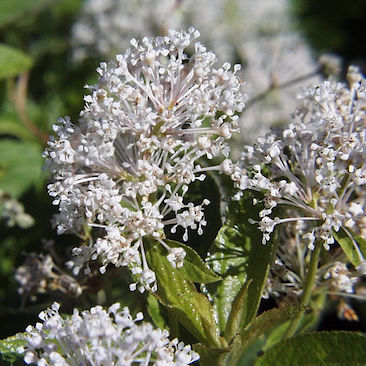
New Jersey tea (Ceanothus americanus) is a native shrub that is an excellent nectar source for bees and butterflies in your pollinator garden. It serves as the host plant for butterfly larvae like Spring and Summer Azure butterflies. During the American Revolution, the plant earned the name “New Jersey Tea” when its caffeine-free leaves were brewed as a mildly sweet, earthy herbal tea substitute.
New England aster

New England aster (Symphyotrichum novae-angliae, previously Aster novae-angliae) is one of the latest fall-blooming plants. It attracts honey bees, bumblebee queens before hibernation, and monarch butterflies. Asters are drought-resistant and grow best in full sun to light shade.
Goldenrod
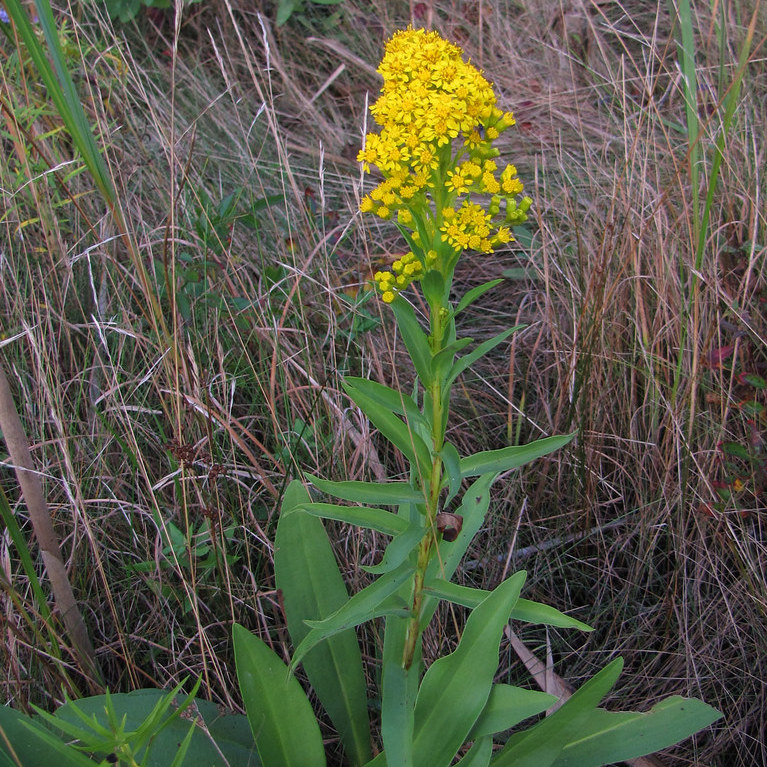
Goldenrod in the Solidago species is one of the most critical late-season native plants. Showy goldenrod (Solidago speciosa) and other goldenrod species serve as a vital nectar source for honeybees before winter and a pollen source for other bees’ later-season nests. With over 100 species of goldenrod in North America, a swath of pollinators utilize goldenrod as a larval host plant.
Native plants are the heart of any pollinator-friendly garden. In fact, native plants are four times more attractive to pollinators than non-natives. Due to being indigenous to a region, native plants require little maintenance and serves an essential role in local ecosystems. What are you waiting for? Contact Keystone Wildflowers today to order plants for your pollinator garden.

